Your cart is currently empty!
Future-Proof Your Knees for a Happier Life
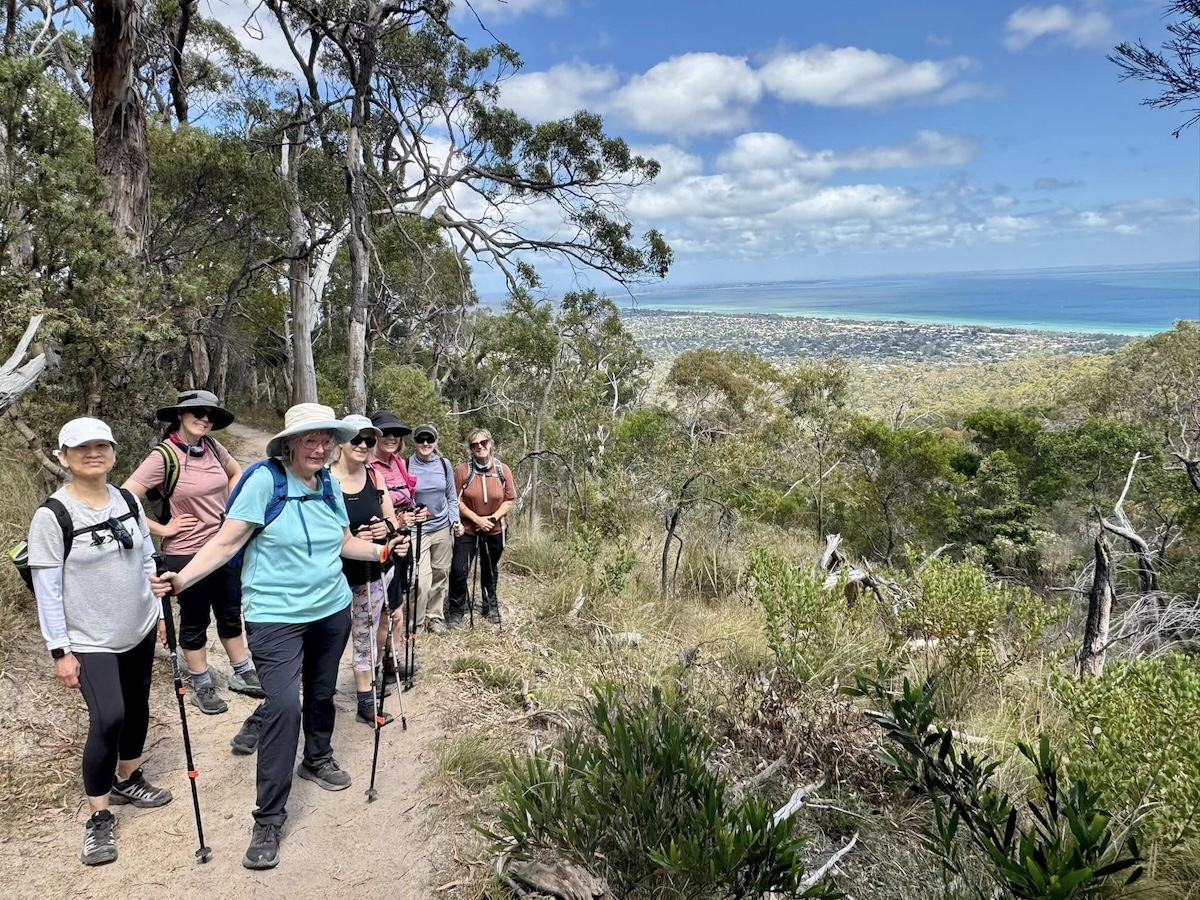
Despite what you may think, your knees aren’t fragile, but they are certainly honest. Don’t consider it an act of betrayal if they ache, because they’re doing their job by sending a message that something upstream (hips, core, technique) or downstream (feet, shoes, stride) needs attention. Think of it as a team meeting between your joints. The goal isn’t to silence your knees, it’s to share the workload.
Avoid the knee grumble while hiking
Downhill hiking is where most people feel that familiar twinge in their knees, even though hiking uphill often feels like harder work because of the way it elevates your heart rate. But while hiking uphill puts load through your quads and calves, every step downhill puts more load through the knees — up to twice your body weight. This is because your quads act like brakes to control the descent, whereas they’re more like accelerators when heading uphill.
You may notice people who hike frequently (and correctly) who mysteriously manage to avoid this knee strain when descending, gliding down mountains with ease. But don’t start getting too jealous, because they have a few sneaky techniques up their sleeves. Here’s how you can be like them:
- Shorten your steps. Smaller steps mean less effort “braking” and therefore less stress on your knees.
- Hinge from the hips. Keep your shins more upright and lean slightly forward. This shifts effort to your super strong powerhouse glutes instead of your knees.
- Use the “heel press” cue. As you step down, gently press your heel into the back of your shoe. This further activates your glutes and gives your knees a well-earned break.
- Bring poles. Trekking poles can reduce downhill knee pressure by around 20%. They act like extra limbs, absorbing load and keeping your posture balanced.
Those few tweaks can make steep descents feel more like controlled movement and less like every step could result in a knee injury.
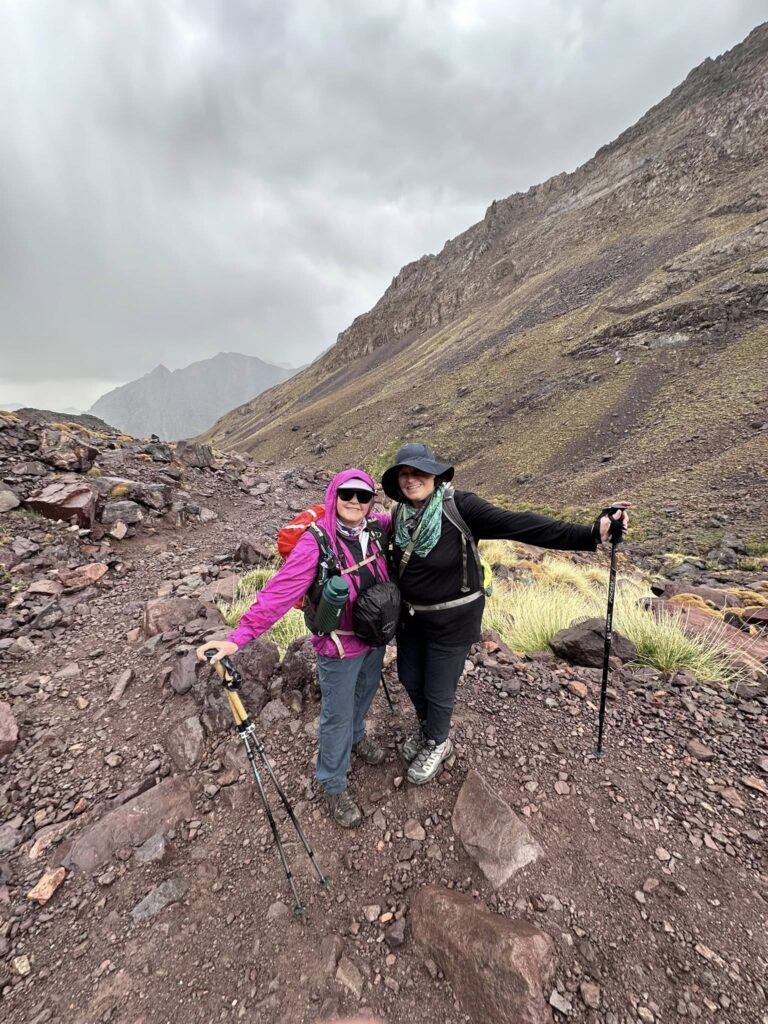
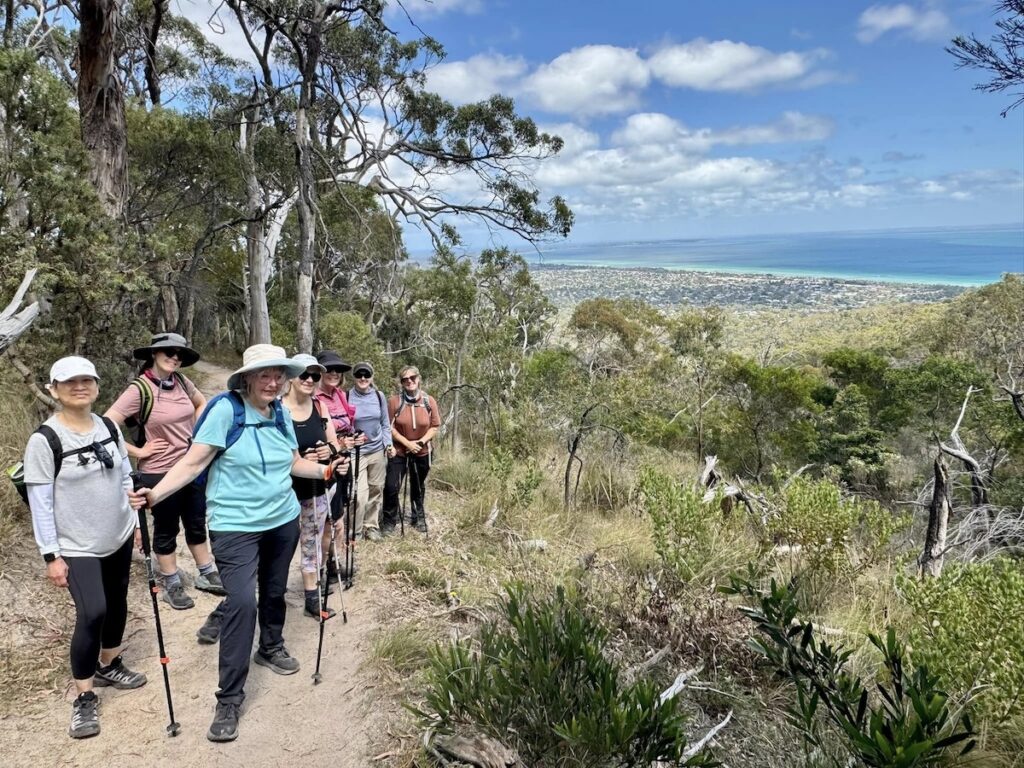
Prioritise your technique and shoes for running
Running gets blamed for knee pain, but it’s rarely the main villain in someone’s knee pain story. Often, it’s the setup that’s to blame, such as the shoes, stride, or training load. The myth that everyone needs a “support” shoe for pronation doesn’t hold up well under research. Large studies have shown little difference in injury rates between motion-control, neutral, and cushioned shoes. What does matter? Comfort and fit.
Here are the evidence-based suggestions actually backed by research…
- Comfort wins. The right shoe feels natural and effortless within ten minutes. Trust your body; it’s able to recognise what works.
- Check your cadence. Increasing your step rate by just 5–10% reduces knee forces, giving you a free, no-equipment fix.
- Rotate pairs if you run often. Slightly different shoe designs change how each step loads your joints.
Think less about brand hype, and more about body feedback.
Everyday changes for happy knees
Many people think that movement like hiking and running is what wears away and ages your knees. However, our knees continue to age in the in-between moments and the way we spend those moments can make the difference in the way our knees feel as we get older. Here are some of the best tips for keeping your knees happy in the moments when you’re not using them for activity:
- Move more, sit less. Have you ever sat down for a while and felt your knees ache upon standing again? That’s called the Movie-goer’s Knee and it’s a real thing. Stand, stretch, or take micro-walks often.
- Go barefoot at home. It builds stronger feet and better balance, which stabilises your knees naturally.
- Get up and down from the floor. It might feel silly, but this is the best way to practise mobility for life. If you do it every day, then you’ll be able to do it every day.
Remember that every step counts. For those managing weight, even small, sustainable changes can lighten the load. Losing just 1kg takes roughly 4kg of pressure off your knees with every step, which can make your knees (and you) feel better in the long run.
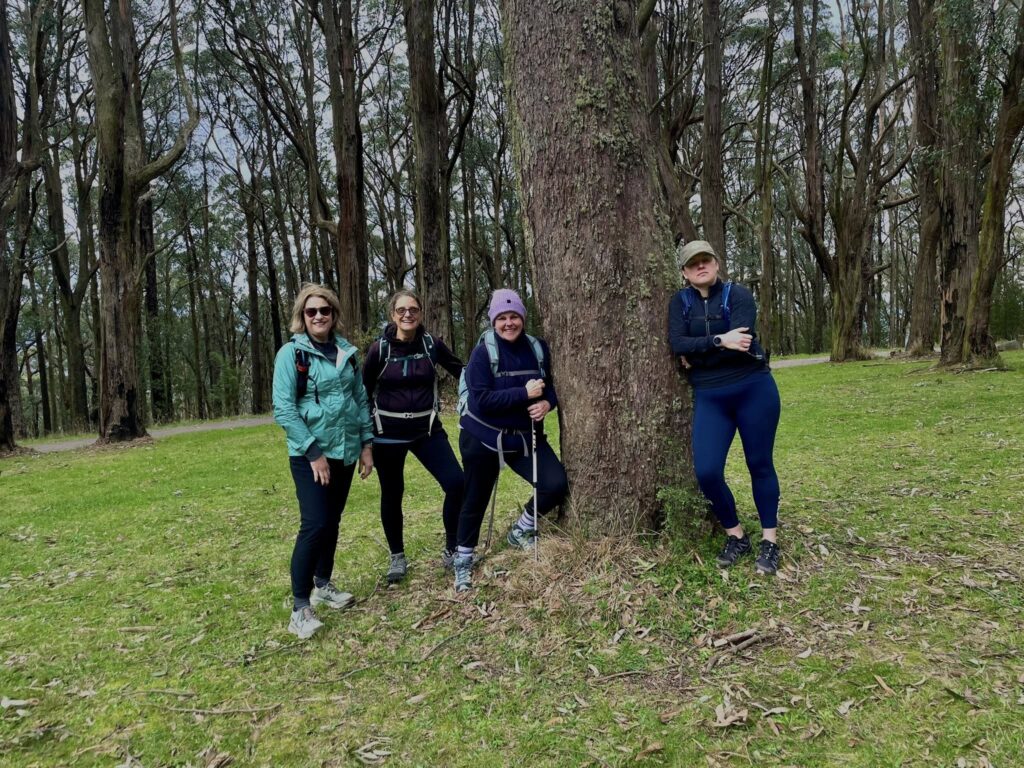
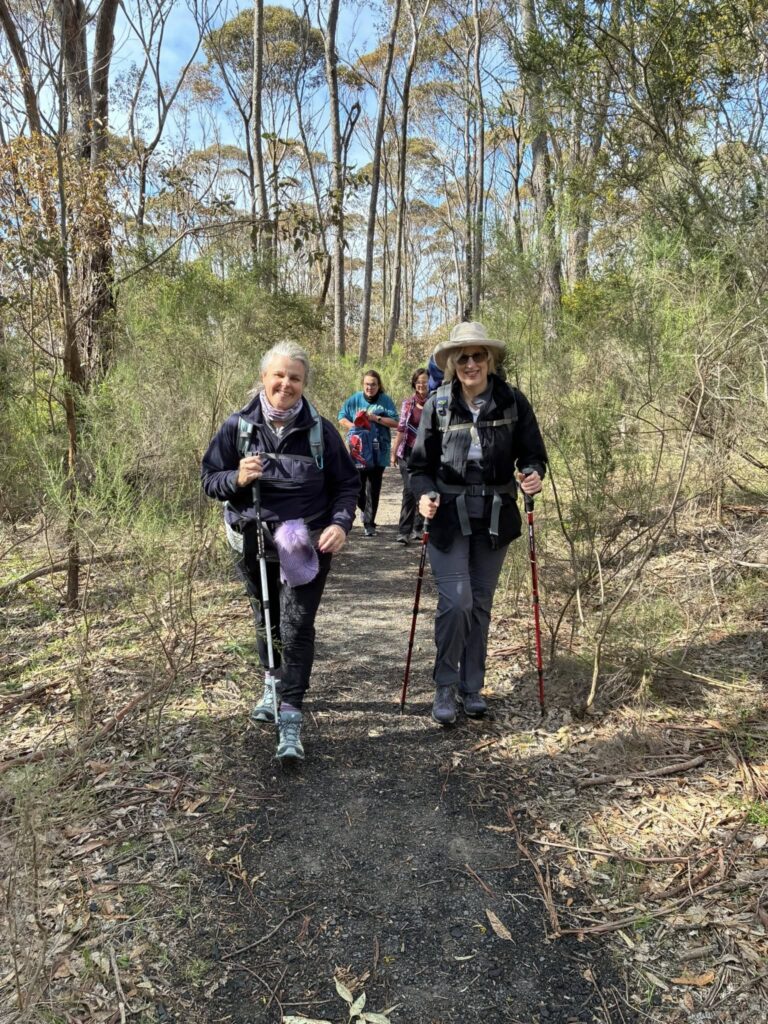
A 10-min strength routine to try…
You don’t need an expensive gym membership to protect your knees for life, you just need a bit of consistency and 10 minutes in your day. The best research points to progressive strength for hips and knees as the top strategy for preventing knee pain and maintaining function.
Before a hike or run try:
- Glute bridges
- Mini-band side steps
- Calf rocks
- Split-squat holds
Afterwards:
- Slow step-downs
- Hip abductions
- Calf raises
- Quad and hip-flexor stretches
These moves build strength, balance, and control, a.k.a. the magic trio for knee resilience.
Let’s put it into practice!
This weekend’s HikeFit session is all about putting science into motion. You’ll learn:
- How to hike downhill without the knee grumble
- The simple cues that activate your glutes and take load off your joints
- The strength moves that keep your knees happy for years
Bring your usual shoes, trekking poles if you have them, and a curious mind ready to learn. We’ll blend trail time with practical coaching so you leave the session stronger, smarter, and ready to keep moving for life. Check out HikeFit HERE.

